| Size | |
|---|---|
| Common Name | |
| Type | |
| Family | |
| Native? | US Native Plants |
| Zone | 4, 5, 6, 7, 8, 9 |
| Height Range (ft.) | 3.00 to 4.00 |
| Spread (ft.) | 3.00 to 4.00 |
| Bloom Time | |
| Bloom Description | Delicate Fragrance, flowers, Pea-Like, Tall Spikes, White |
| Sun | |
| Water | |
| Maintenance | |
| Suggested Use | |
| Tolerate | |
| Growth Rate | |
| Attracts |
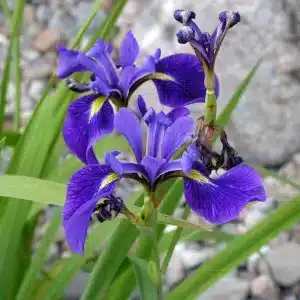
Baptisia australis ‘Alba’ is a native perennial with upright white flower spikes and drought tolerance, ideal for pollinator gardens and naturalized plantings.
$14.99 – $108.99
Please note: Sizes 1.5 Gallon and up can’t be shipped outside the counties of Nassau, Suffolk, Brooklyn, and Queens.
Learn more about how the process works and how our plants are delivered.
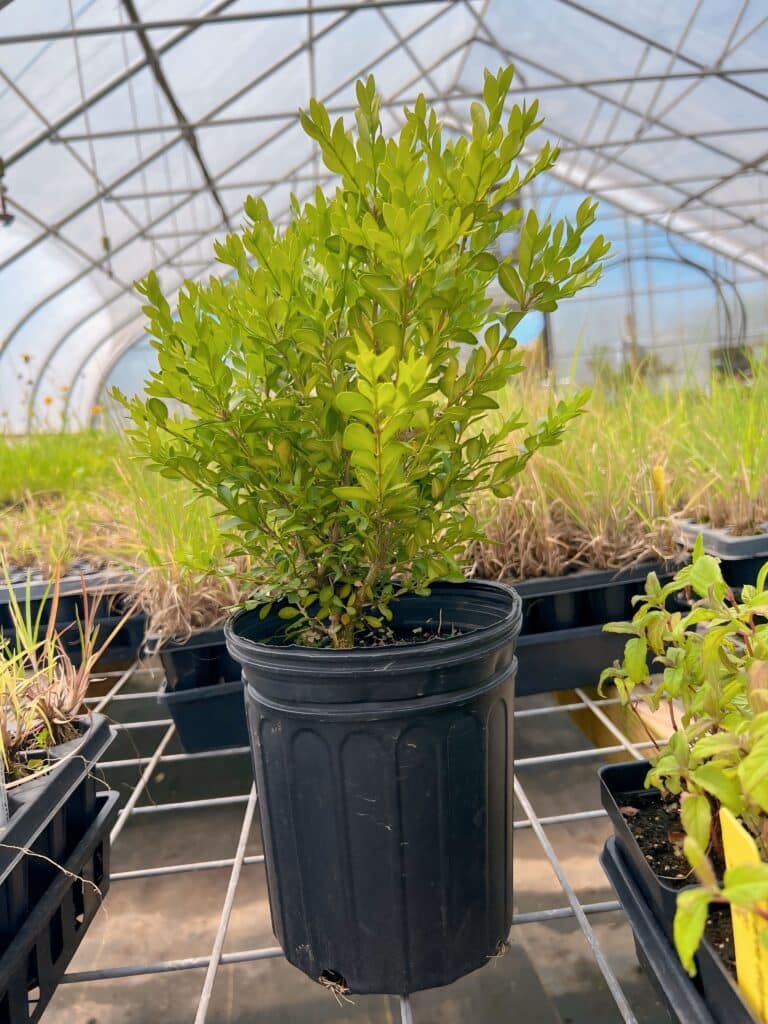

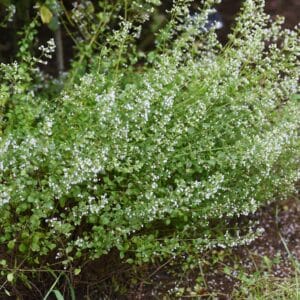
| Size | |
|---|---|
| Common Name | |
| Type | |
| Family | |
| Native? | US Native Plants |
| Zone | 4, 5, 6, 7, 8, 9 |
| Height Range (ft.) | 3.00 to 4.00 |
| Spread (ft.) | 3.00 to 4.00 |
| Bloom Time | |
| Bloom Description | Delicate Fragrance, flowers, Pea-Like, Tall Spikes, White |
| Sun | |
| Water | |
| Maintenance | |
| Suggested Use | |
| Tolerate | |
| Growth Rate | |
| Attracts |
Baptisia australis ‘Alba’, commonly known as White Wild Indigo, is a hardy, long-lived native perennial valued for its elegant white flower spikes and bushy, shrub-like form. Blooming in late spring to early summer, this cultivar of the native blue wild indigo grows 3 to 4 feet tall and wide, with upright stems and soft gray-green foliage that adds texture to garden beds. The tall, spiky white blooms attract pollinators and are followed by ornamental black seed pods. Drought-tolerant once established, ‘Alba’ is perfect for naturalized gardens, pollinator plantings, and low-maintenance landscapes.
Elegant white blooms: Spikes of pure white flowers brighten early summer gardens
Native and tough: Withstands drought, poor soils, and harsh conditions
Pollinator support: Attracts bees and other beneficial insects
Sun exposure: Full sun for best bloom and form
Soil needs: Adaptable to many soils; prefers well-drained, sandy or loamy soils
Maintenance: Very low—cut back in late fall or early spring if needed
Pollinator beds: Supports native bees and butterflies
Naturalized areas: Blends well with other prairie or meadow plants
Borders and backdrops: Adds height and structure to perennial beds
Pollinator plant: Nectar-rich flowers support native insects
Drought-tolerant: Deep roots allow it to thrive in dry conditions
Wildlife interest: Seed pods provide visual interest and light habitat value
/5
Total reviews
|
|
Persons recommended this product
Anonymous
Shopper
check_circle Verified
Shop owner replied
Was this helpful
Anonymous
Shopper
check_circle Verified
Shop owner replied
Was this helpful
Your feedback helps us improve our service.
There are no reviews yet.
Be the first to review “ ”
Please log in to submit a review.
Only logged in customers who have purchased this product may leave a review
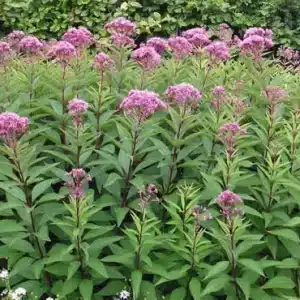
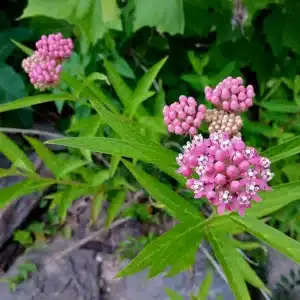
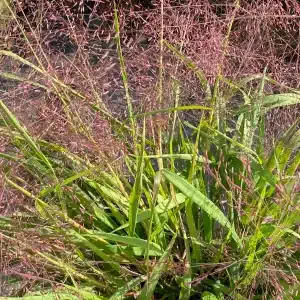

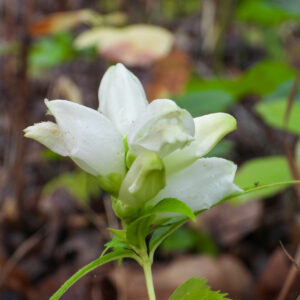
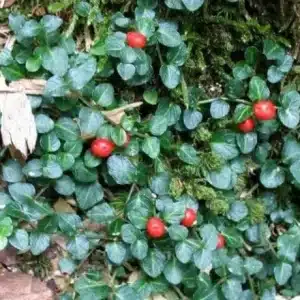
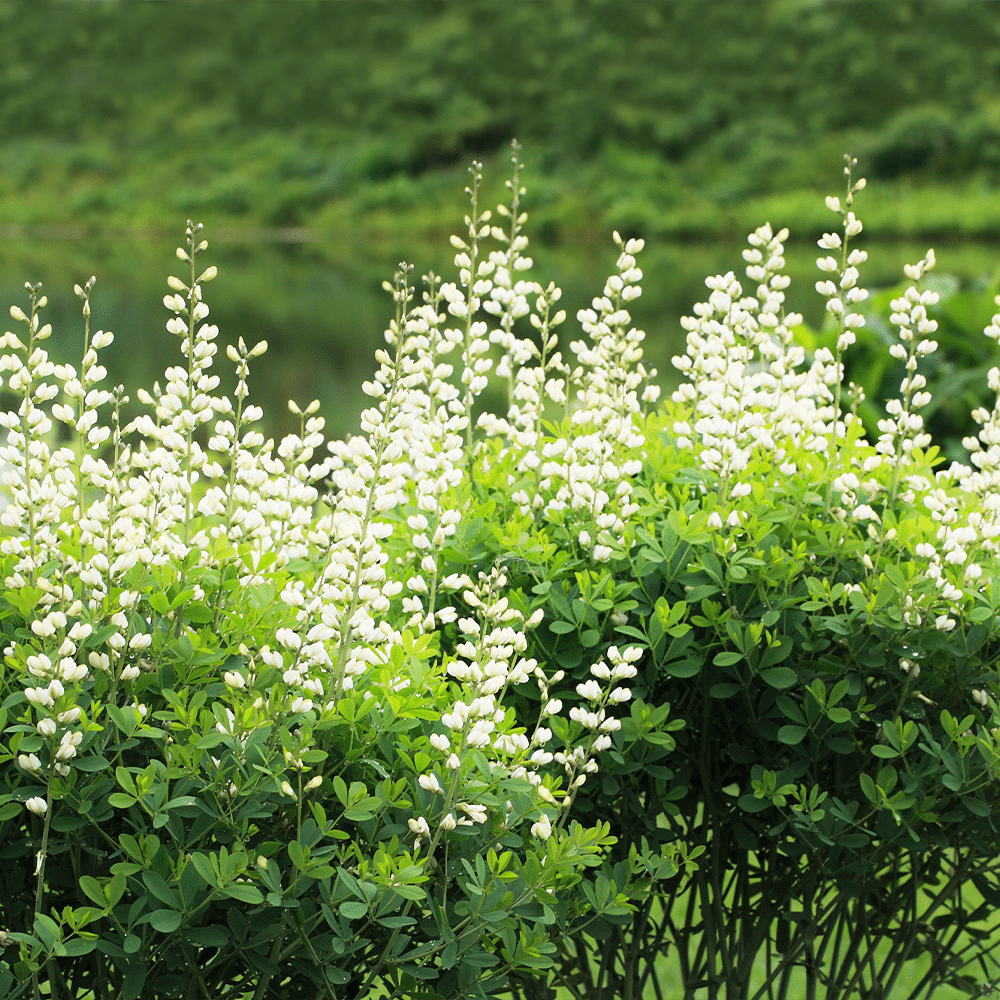
Yes. Baptisia australis var. alba is native to the central and eastern United States, growing naturally in prairies, open woodlands, and meadows. It is a true native perennial that supports wildlife and plays a valuable role in pollinator and prairie gardens.
White Wild Indigo is a white-flowered form of Baptisia australis. It features upright spikes of pure white pea-like flowers that bloom in late spring to early summer. The plant grows 3 to 4 feet tall and wide, with attractive blue-green foliage and black seed pods in fall for added ornamental interest.
White Wild Indigo thrives in full sun and prefers well-drained soil, though it tolerates poor, dry, and rocky soils once established. It is hardy in USDA zones 3 through 9 and is ideal for native plantings, pollinator gardens, and low-maintenance borders.
Yes. White Wild Indigo is highly attractive to bees, butterflies, and other native pollinators, and it is a host plant for several species of butterfly and moth caterpillars. Its dense, shrubby habit also provides cover for small wildlife.
Yes. Baptisia species are deer- and rabbit-resistant and require very little maintenance once established. They develop deep taproots, which makes them drought-tolerant, but also means they do not transplant well. Leave seed pods standing in fall for winter interest or prune back in late winter or early spring.
Our gift cards make it easy to share the beauty of plants, flowers, and all things green. Whether for a special occasion or just because, give the gift of choice and let them select their favorites to create a garden they’ll cherish.
BUYING HIGH QUALITY PLANTS HAS NEVER BEEN EASIER
Our plants are easy to order, plant, and enjoy! Bringing pollinators to your property improves vegetable yields – Feed the bees!
Sign up for our email list!
Copyright © 2025 Bumbee’s | Web design and SEO by Searles Graphics